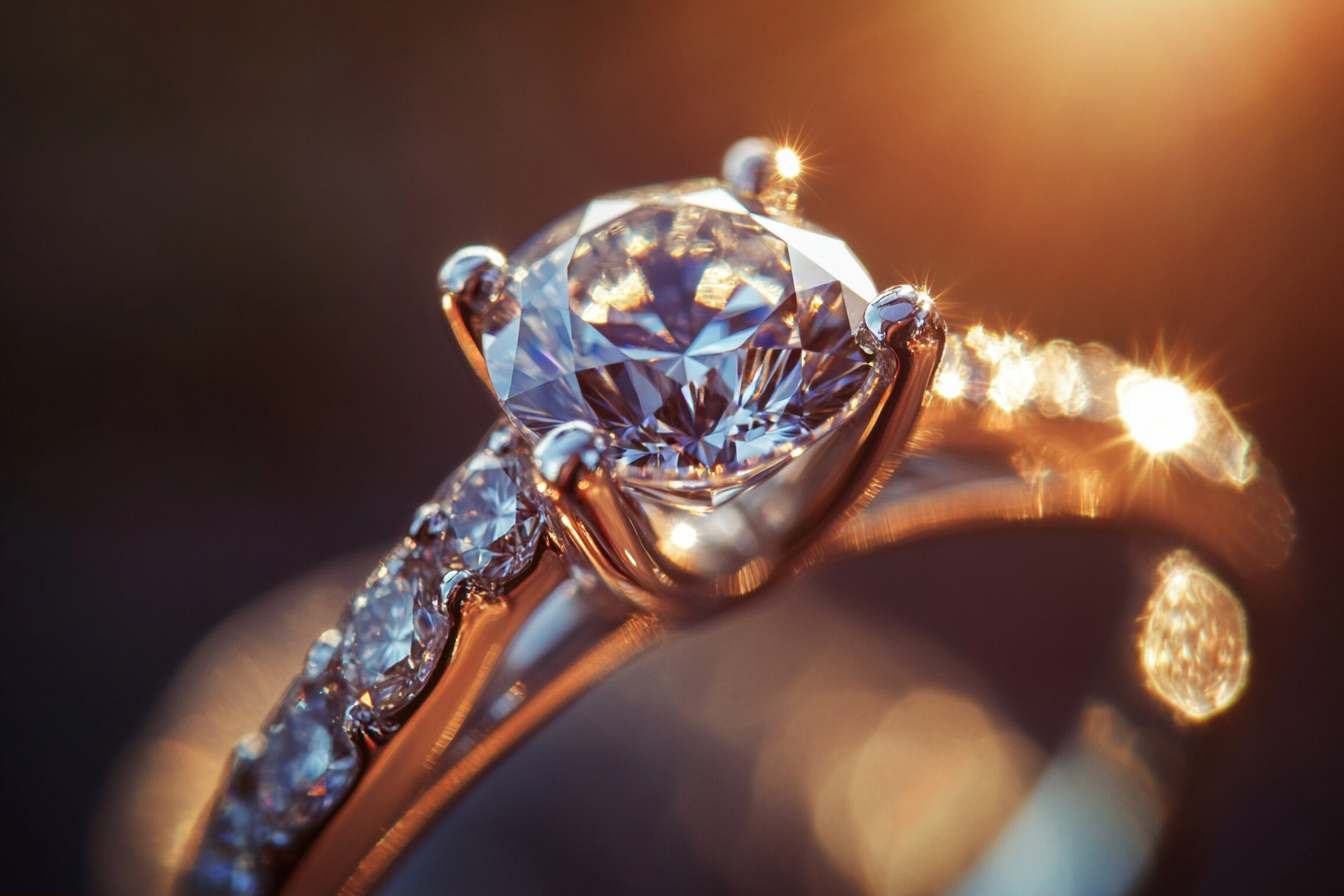Lab-Grown Diamonds: The Rising Trend Turning Heads in 2025
In 2025, lab-grown diamonds are captivating attention across the U.S. jewelry market. Combining beauty, precision, and modern craftsmanship, they’re redefining what luxury means for a new generation of buyers. Discover how innovation and design are shaping this growing trend and why more people are drawn to its timeless appeal.

Lab-Grown Diamond Style Trends 2025
The current year has brought exciting developments in laboratory-created diamond aesthetics. Consumers are gravitating toward unique cuts and settings that showcase the precision possible with controlled growing environments. Popular styles include elongated cushion cuts, hexagonal shapes, and vintage-inspired Art Deco designs. Color variations have also expanded, with fancy yellows, blues, and pinks becoming more accessible to everyday buyers.
Customization options have reached new heights, allowing customers to specify exact color grades and clarity levels during the growing process. This level of control has made previously rare diamond characteristics more attainable for engagement rings and statement pieces.
Exploring Modern Engagement Ring Options
Today’s couples are redefining traditional engagement ring choices by considering laboratory-grown alternatives alongside classic mined diamonds. These modern options provide identical brilliance and durability while often allowing for larger carat weights within similar budgets. Contemporary settings emphasize the stone’s quality rather than its origin, with minimalist solitaires and vintage-inspired halos remaining popular choices.
Many jewelers now offer side-by-side comparisons, helping couples understand that laboratory-grown diamonds meet the same grading standards as mined stones. The Four Cs—cut, color, clarity, and carat—apply equally to both types, ensuring consistent quality assessment.
Sustainable Alternatives Reshaping Jewelry
Environmental consciousness is driving significant changes in jewelry purchasing decisions. Laboratory-grown diamonds require substantially less land disruption and water usage compared to traditional mining operations. The controlled production environment eliminates concerns about conflict sourcing while reducing the carbon footprint associated with extraction and transportation.
Recycling programs for existing jewelry have also expanded, allowing consumers to transform inherited pieces into contemporary designs. This circular approach to fine jewelry aligns with broader sustainability movements across consumer goods industries.
The Craftsmanship Behind Lab-Grown Diamonds
Two primary methods create laboratory diamonds: High Pressure High Temperature (HPHT) and Chemical Vapor Deposition (CVD). HPHT replicates natural formation conditions using extreme pressure and heat, while CVD grows diamonds layer by layer in a controlled atmosphere. Both processes require sophisticated equipment and precise monitoring to achieve gem-quality results.
The growing process typically takes several weeks to months, depending on desired size and quality. Advanced technology allows for real-time monitoring of crystal development, ensuring consistent results that meet strict gemological standards.
Why U.S. Buyers Are Drawn to New Diamond Choices
American consumers are increasingly attracted to laboratory-grown diamonds for several practical reasons. Transparency in sourcing appeals to ethically-minded buyers, while the ability to obtain larger or higher-quality stones within budget constraints attracts value-conscious shoppers. Younger demographics particularly appreciate the technology aspect and environmental benefits.
Education about diamond formation and grading has improved significantly, helping consumers make informed decisions based on personal values rather than traditional marketing messages. This shift reflects broader changes in how Americans approach luxury purchases.
| Provider | Product Type | Price Range | Key Features |
|---|---|---|---|
| James Allen | Engagement Rings | $500-$15,000 | 360° viewing, custom settings |
| Brilliant Earth | Various Jewelry | $300-$20,000 | Ethical sourcing focus, recycled metals |
| Clean Origin | Loose Diamonds | $200-$25,000 | Online-only, competitive pricing |
| Lightbox | Fashion Jewelry | $200-$1,500 | Fixed pricing model, casual wear |
| Ada Diamonds | Custom Pieces | $1,000-$50,000 | Bespoke design, premium service |
Prices, rates, or cost estimates mentioned in this article are based on the latest available information but may change over time. Independent research is advised before making financial decisions.
The laboratory-grown diamond market continues expanding as technology improves and consumer awareness grows. Quality standards have reached parity with mined diamonds, while pricing typically offers 20-40% savings for comparable stones. This combination of value, ethics, and quality positions laboratory-grown diamonds as a permanent fixture in the American jewelry market rather than a passing trend. As production methods advance and consumer education continues, these scientifically created gems are likely to capture an even larger market share in the coming years.




